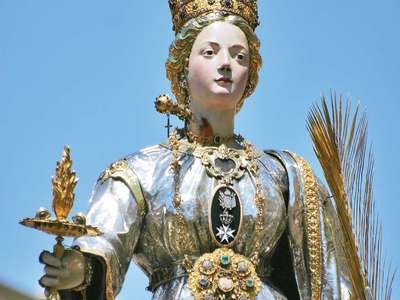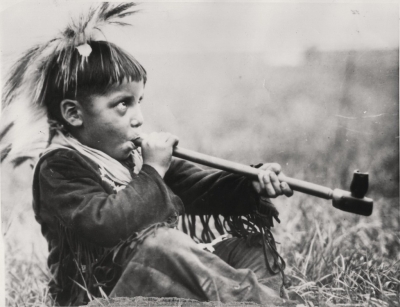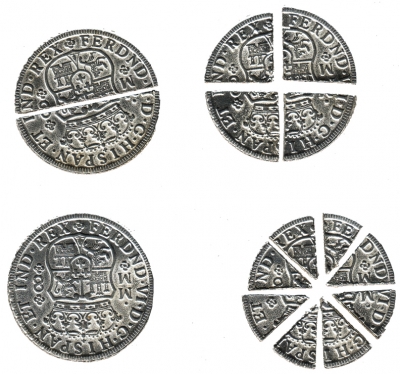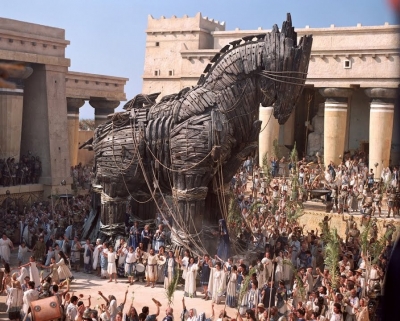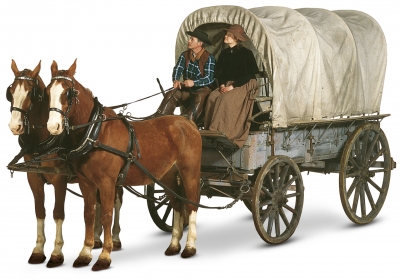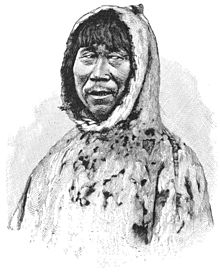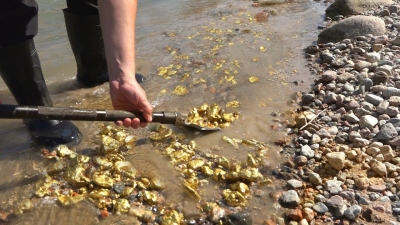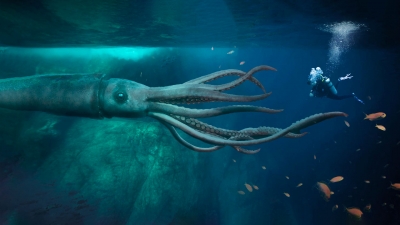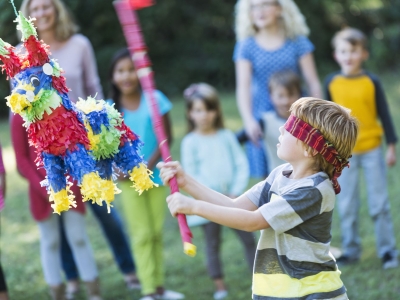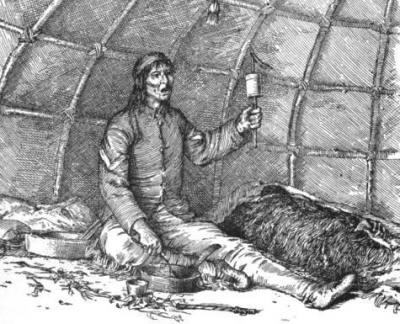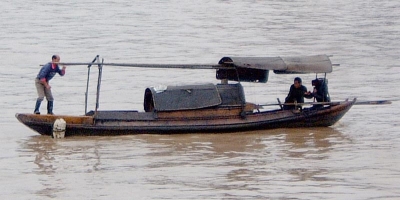What do 'port' and 'starboard' mean?
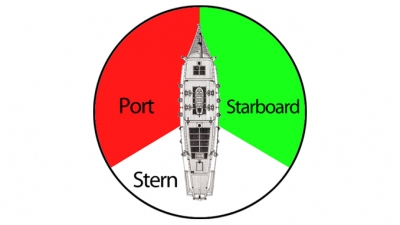
In the days before boats had a central rudder they were steered by an oar called a 'steer board' on the right hand side.
To avoid crushing the steer board, the boat tied up in port on the left hand side, hence the names 'port' and 'starboard'.
In the past, ships used to have rudders on their centre line and they were controlled using a steering oar. As it is the case today, back then as well the majority of the people were right handed.
Thus, as most of the sailors were right handed, the steering oar used to control the ship was located over or through the right side of the stern.
For this reason, most of the seafarers were calling the right side as the ‘steering side’, which later was known as ‘starboard’.
As the right side was the steerboard side or star board side, the left side was the port side. This was decide so that the dock would not interfere with operating the steerboard or star.
Another reason why the left side is ‘port’ is because it sounds different from ‘starboard’. Originally, sailors were calling the left side ‘larboard’, which was easily confused with ‘starboard’, especially when challenging conditions at sea made it difficult to hear. The switch was done to lead to a distinctive alternate name.
Namely, the old English name for the port side sounded like ‘backboard’. On big vessels, the sailor using the steering would have his back facing the ship’s left side.
As a result, ‘backboard’was named ‘laddebord’, which is the loading side of the ship. Later, ‘laddebord’ became ‘larboard’, causing the confusion that led to change to port.
This is why ships are using the terms ‘port’ and ‘starboard’, as they are unambiguous references that are independent of a mariner’s orientation.
With these terms, seafarers remove ambiguity, and they prefer them over using the terms left and right.
Credit : Intlreg
Picture Credit : Google
